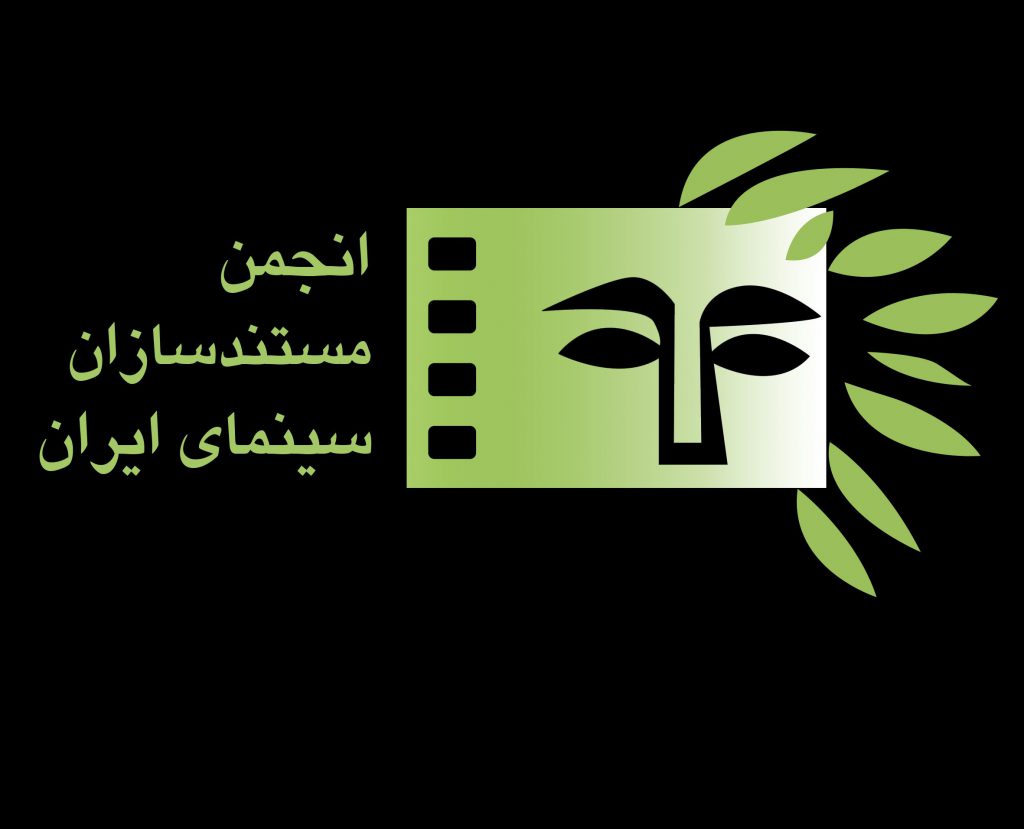
History Of Documentary Filmmaking In Iran
The Iranian cinema was incepted with non fiction and factual films.
In 1900 Mirsa Ibrahim khan Akkasbashi. Got acquainted with cinema in an international exhibition in Paris and filmed in Stand of Belgium upon his return from the said quasi – explorative journey he spent some time prior to the constitutional movement to capture lives of the people living in capital.
Newsreels first appeared on the screen during the Reign of Reza shah Pahlavi.
The Syracuse university s Training programs were launched in 1953 in Tehran.
After after a year period of theoretical study they graduates employed at Iran audio- visual organization and actually made film.
During 1950 a new generation of film makers showed interest in nonfiction and documentary cinema and started working alongside governmental and private sections film makers.
amongst them mention can be made of Mostafa farzaneh Ibrahim Golestan , Farrokh Ghaffari , Freidoon… Rahnama . Golestan founded the Golestan film organization and films such as “A fire” , “Marlik Hills” , “the wave, the coral and the Rock, fetched the first international awards for Iran from Pesaro , Venice, and san Francisco Festivals .Top
Forough Farrokhzad made “the house is black”, there.
This film is set in an asylum for leprous but provides poetic picture of the special conditions of asylum, and the general situation of man.
A number of cinema graduates returned From Europe in early 1960’s and joined the documentary film Department of film Arts Administration.
Hazhir Dariush, Made, Holy pit, and ManuchehrTayyab’s “Rhythm” blended Music and picture.
Mohammad Faroughi, produced “The dawn of Capricorn” about isphahan, which won awards from the Cannes film festival in 1964. Kamran Sheerdel, who had studied cinema in Italy, directed his camera toward secrets of the capital and the Prohibited places. His triple film “fort”, Tehran is the capital of Iran “and women’s prison,are distinguished From pictorial,artistic film relying on editing.
Khosrow Sinai is another film graduate whose dilute picture was “A sound that becomes Antique” . He has directed many films including “The cold iron”.Top
In 1966, Abol Qassem Rezaee and Jalal Moqaddam produced “House of God “, which was the first important Iranian documentary that was widely distributed in the country. Many people went to the cinema theatres for the first time ever to watch this picture.
The film “acorn” 1968, was Iran’s first scientific ethnographic
Film directed by Dr. Nader Afshar Naderie. His cinematic approach was followed and kept up by Hossein Taheridoost , winner of the first prize of ABU festival in 1973, with his film “acorn”, Farhad Varahram, with his film Taraz , and “ sacred marriage “ (1995) , Mohammad Reza Moghaddasian with his film water and Irrigation and Ahmad zabeti jahromi with his film “ Desert ship” .
Iran’s national television was launched in 1966 , and several groups of younger documentarists made documentaries there Among them reference can be made to Naseeb Naseebi who was highly influenced by experimental cinema, directed “ Yosh, Anahita temple “, Parviz kimyavi’s “ya zamen Ahoo” , was a deeply human film. Naser Taghvai made “Bade jenn”. Top
Mohammad Tahami Nejade made The first film about the history of Iranian cinema in a hybrid form (1970).
Manuchehr Asgari Nasab , made “ pear sabz chekchekoo “ , and Manuchehr tabari made his film Daravish Qaderiyyeh. Kiumarth Deram Bakhsh made “The desert camel Drivers ” and Mohammad Reza Aslani made the experimental film “Hassanbucup”.
Manuchehr Tayyab. Produced his architectural films in 1971.
In 1980’s , Hamid Soheili produced a series entitled “Iranian architecture for the Islamic Re Public of Iran’s Broadcasting. Different types of films with diverse objectives and out looks were produced after the victory of the Islamic Revolution. The society’s revolutionary situation mad it suitable for researching the past and its legacy :
“Copper,the political Metal”(Ali ya – ghobi), Autol(jamshid zahedi),soil to soil(Manuchehr Moshiri),Migration(Ali Naini),children and exploitation(M.R. Aslani), the Brick kilns (M.R. Moqaddasian), Bread from mud by Farideh Shafaee Caviar (Ibrahim Mokhtari), were among them.Top
Seven stories of Baluchistan (Morteza Avini) and “the bitten by The khan” had such a theme , also , and were produced in Jihad in 1981, the IRIB, approved the project for the “housing crisis “ , and three films were made by freydoon javadi and others ,In the mid 1980’s and early 1990’s , Rakhshan Bani Etemad workeon social films including “concentration” and “to whom are you going to show these films?
During these years Sinaee produced the lost Elegy, Abbas Kiarostami made “Night Homework” and Mohsen MakhMalbaf produced “Salute Cinema”.
On September 20,1980 Iraqi planes violated Iranian air space and Iraqi troops invaded Iran’s border cities. The war directed our documentarists to the fronts and numerous different war films were produced.
Iran’s documentary cinema has undergone a change since 1979. the portable camera, widely were being used during the days of the revolution , has highly assisted the direct cinema. Documentarists also depicts subjects which seem to be beyond prevalent practice and norms of Iranian cinema but which offer palpable and worthy study of society.
